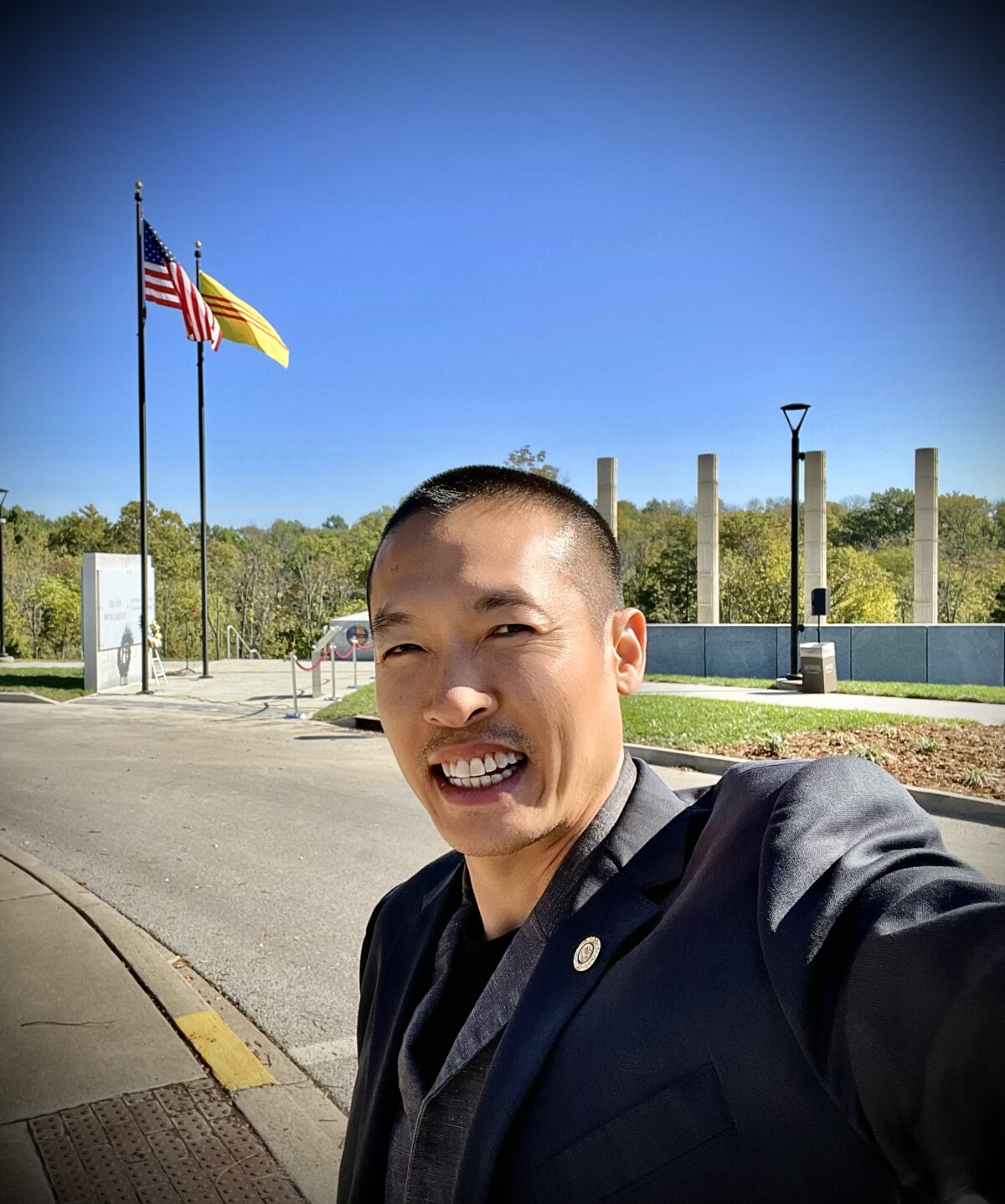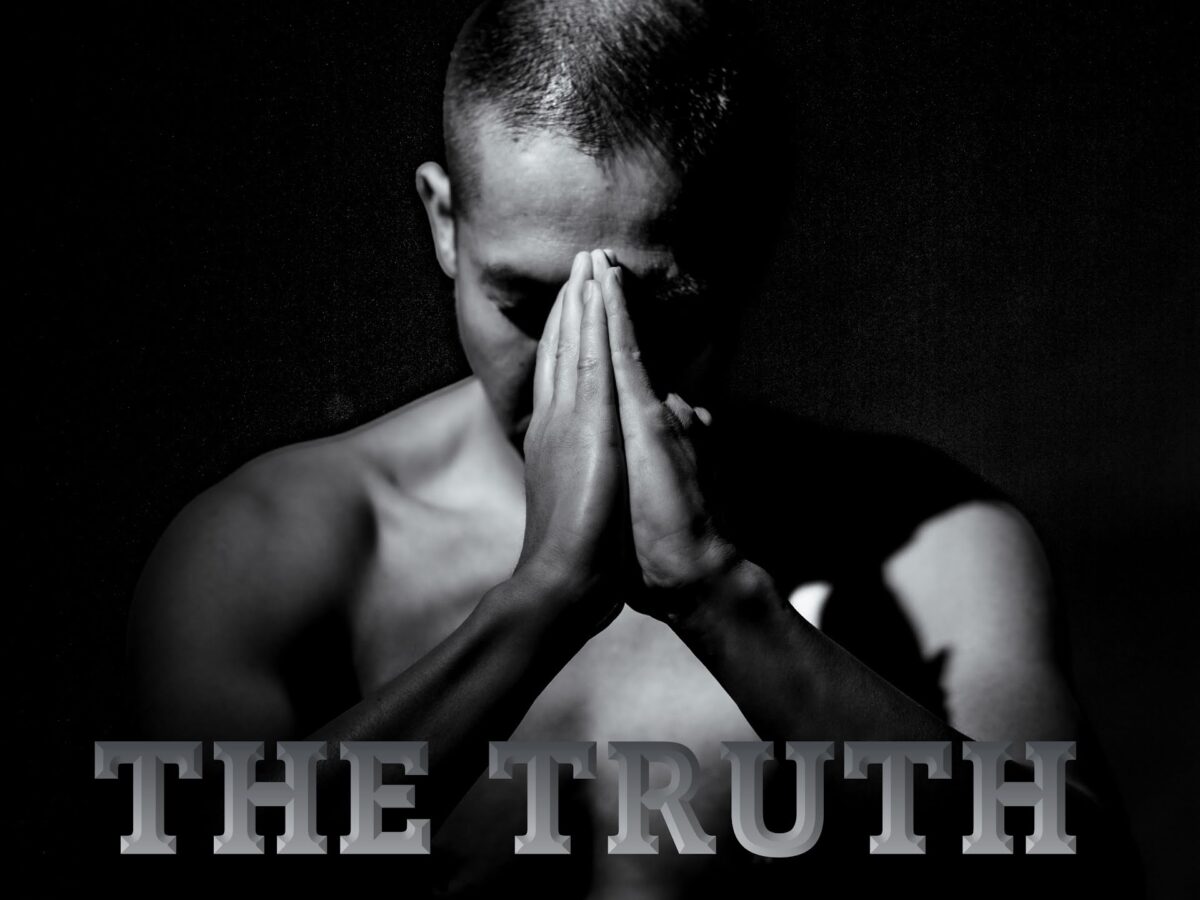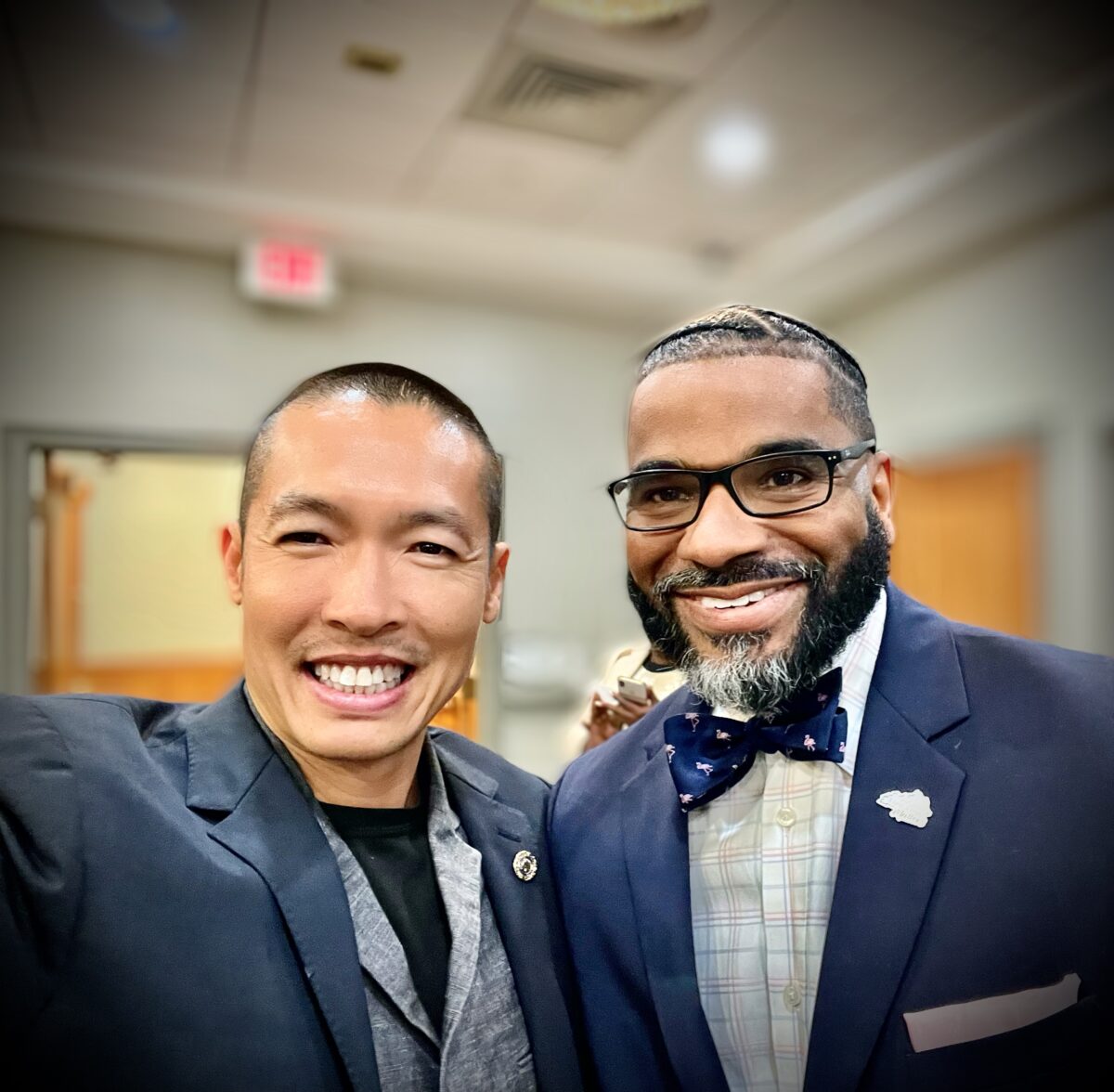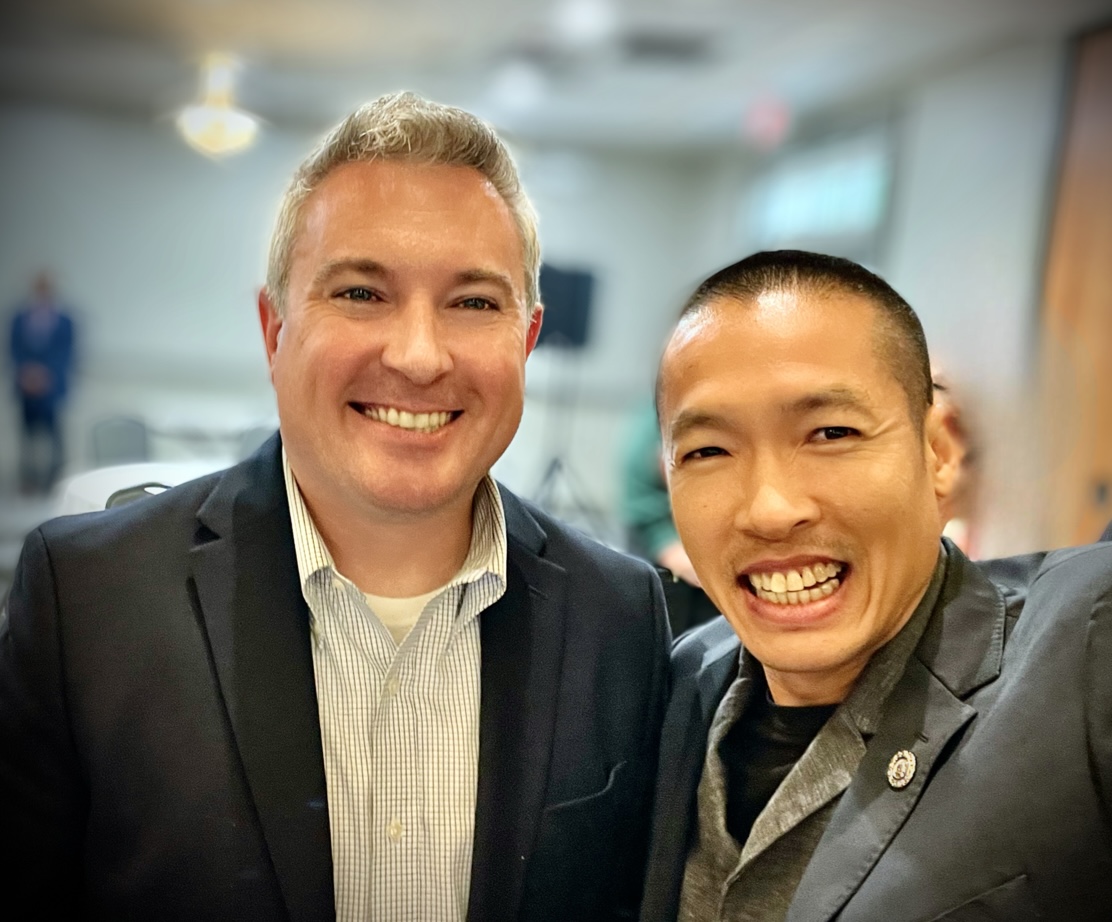The future is calling for a unique blend of diversity and inclusion. Brian Chesky, the founder of Airbnb, once mentioned the need for “Diversity in artist and scientist together with HEART.” This notion is more significant today than ever before, especially when one considers the challenges the world faces in terms of loneliness.
Loneliness: The Silent Killer
Loneliness is not just a feeling; it’s a crisis. A recent survey has shown that the USA is facing unprecedented levels of loneliness. As per the statistics, loneliness has emerged as the number one killer, surpassing several other major health risks. People isolated from meaningful human connections are more susceptible to mental health issues, heart diseases, and even premature death.
The Importance of Art and Science with Heart
So, how do artistry and science, combined with heart, play a role in addressing this issue? Artists provide society with emotion, expression, and a mirror to see itself, while scientists give us the tools, techniques, and understanding to navigate our environment. Together, they offer a holistic approach to problem-solving. When fused with heart, which embodies empathy, compassion, and humanity, this combination has the power to deliver solutions that resonate with individuals on a deeply personal level.
Rethinking Corporate Leadership
If we look at the present landscape, most CEOs and board members of Fortune 500 companies have a finance-focused background. Their decisions are often dictated by numbers, stock prices, and profitability. While these factors are undeniably essential for a company’s survival and success, there’s a pressing need to integrate the heart, art, and science triad into the decision-making process.
Historically, many companies were founded on principles that were much more than just profit. They were built on visions, dreams, and the pure passion of their founders—essentially, artists and scientists with heart. This spirit often gets lost as companies grow and the emphasis shifts to financial metrics.
The Way Forward
For a brighter, more connected future, it’s crucial to infuse our workplaces, educational institutions, and communities with this three-pronged approach. Encouraging interdisciplinary collaborations, fostering environments where emotions are as valued as equations, and building platforms where empathy drives innovation can be instrumental in combatting the loneliness epidemic.
As society evolves, it’s our collective responsibility to ensure that we don’t leave behind the human aspect of our existence. Embracing diversity in artistry and science, along with heart, might just be the bridge we need to connect a fractured world.










